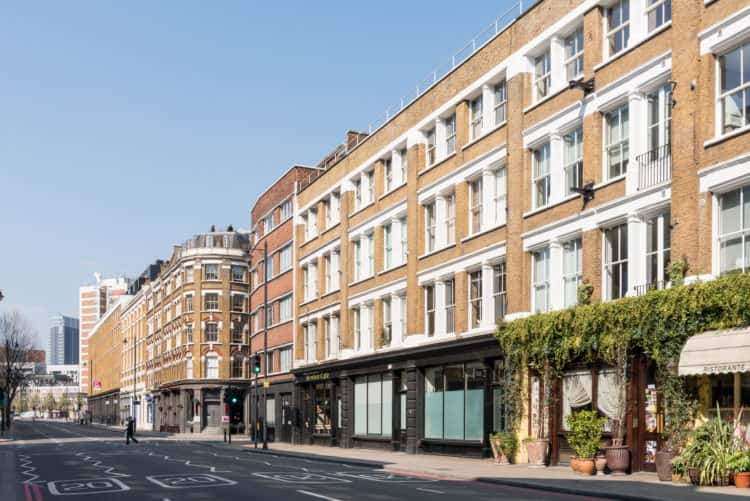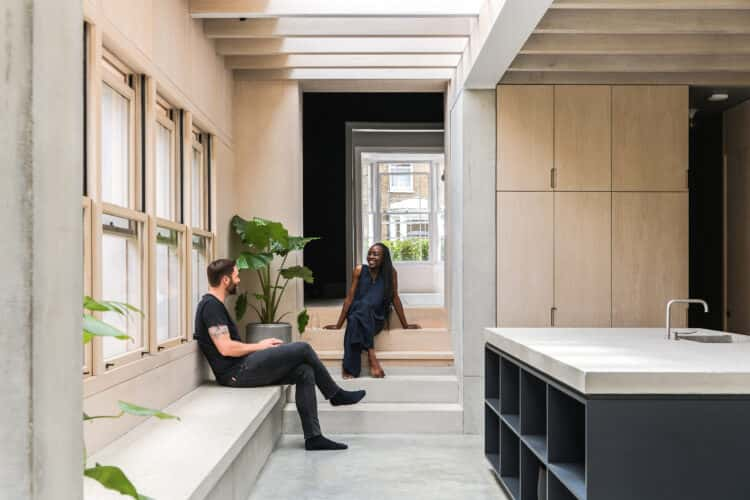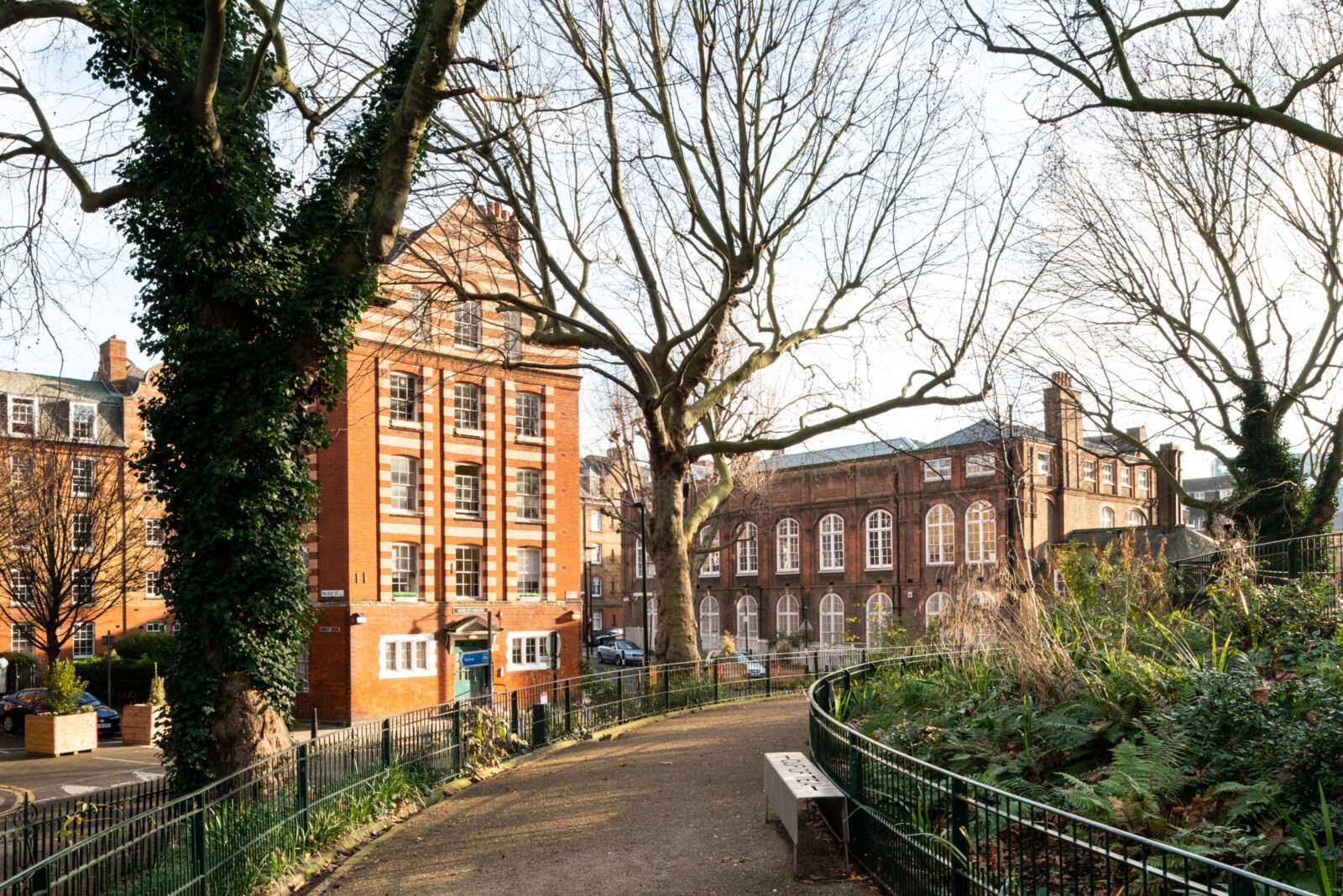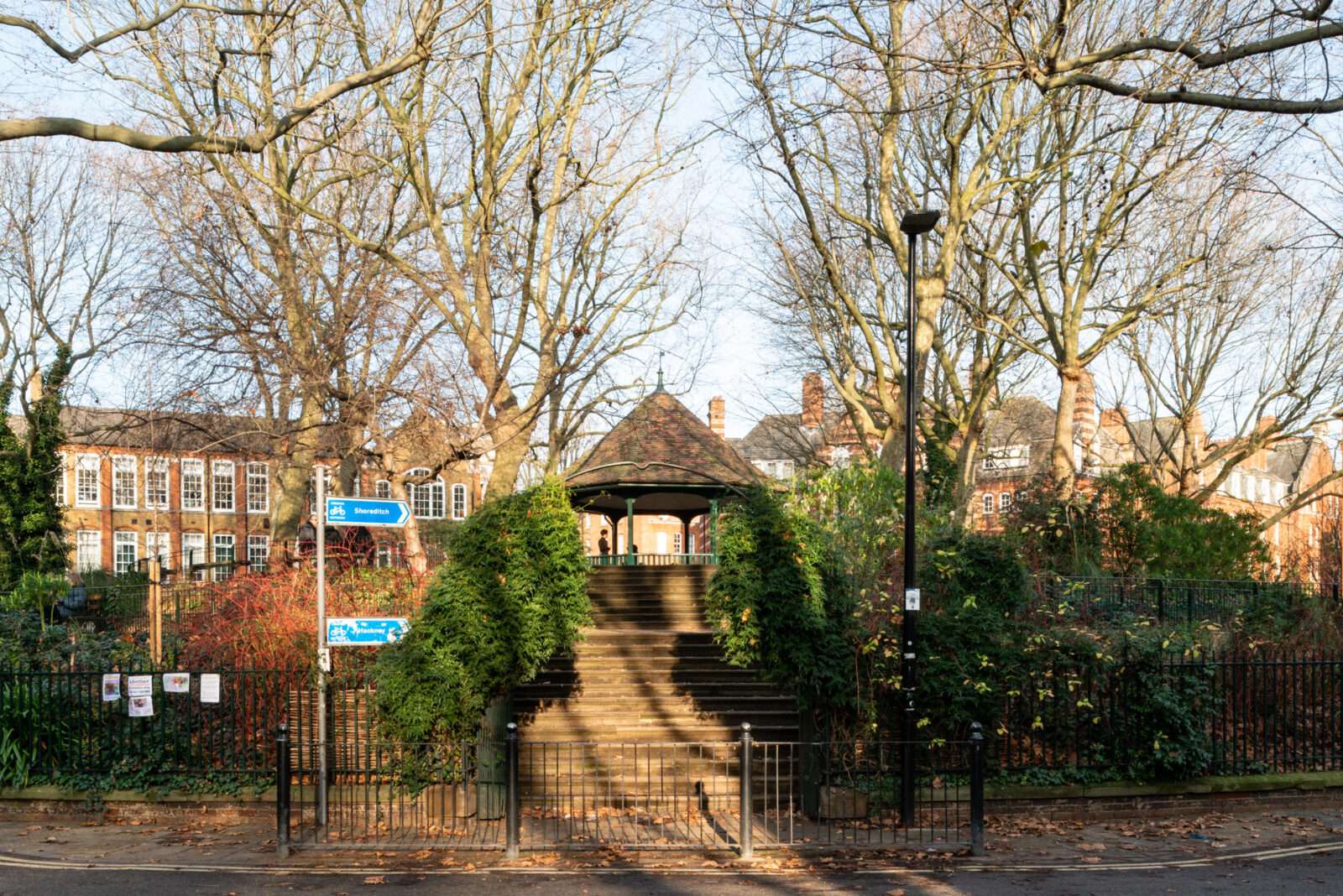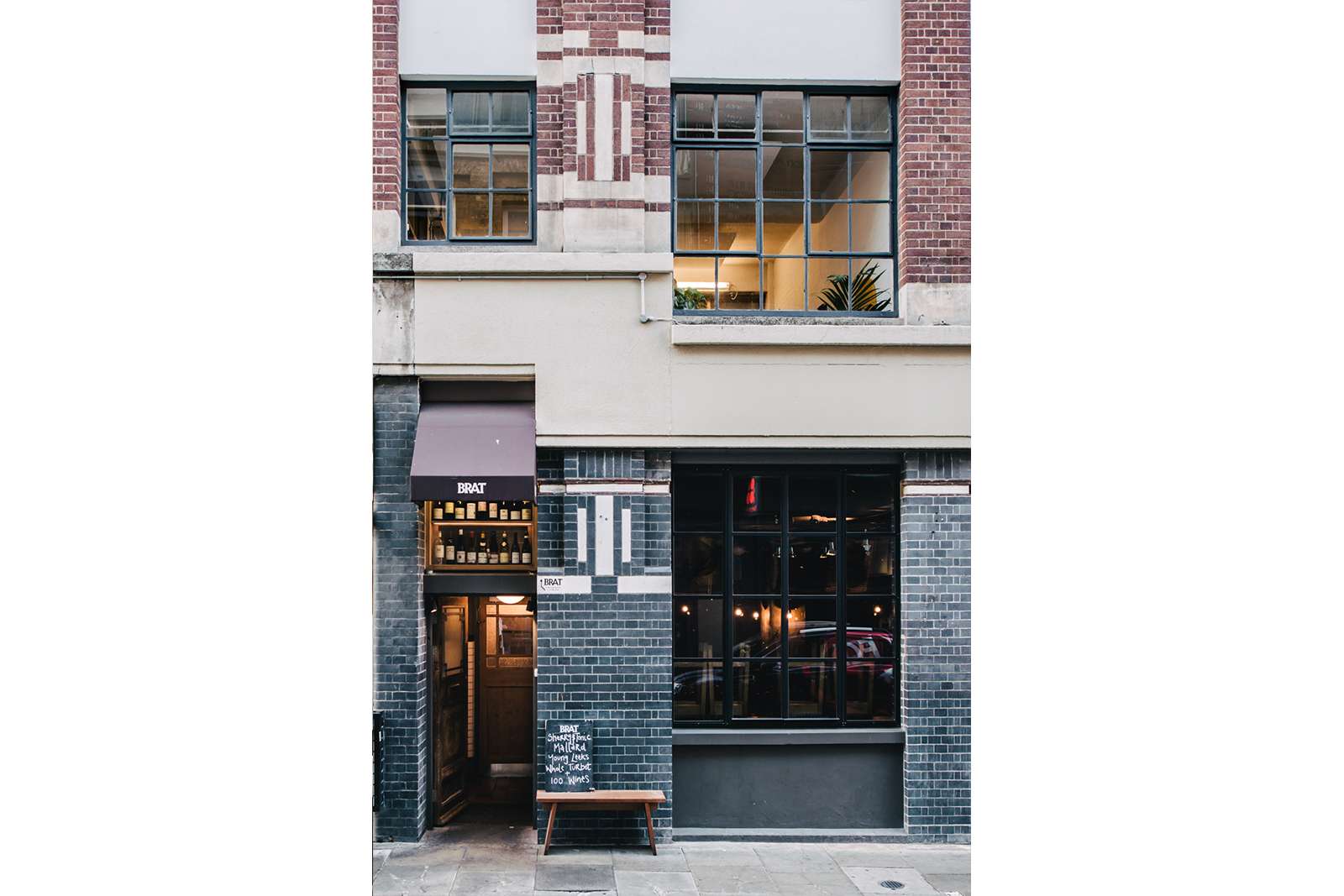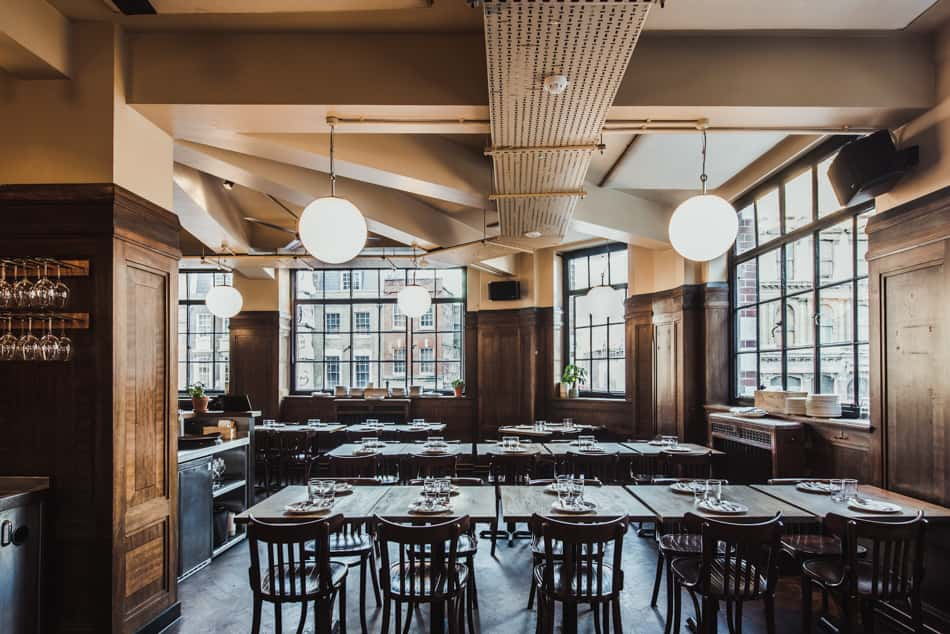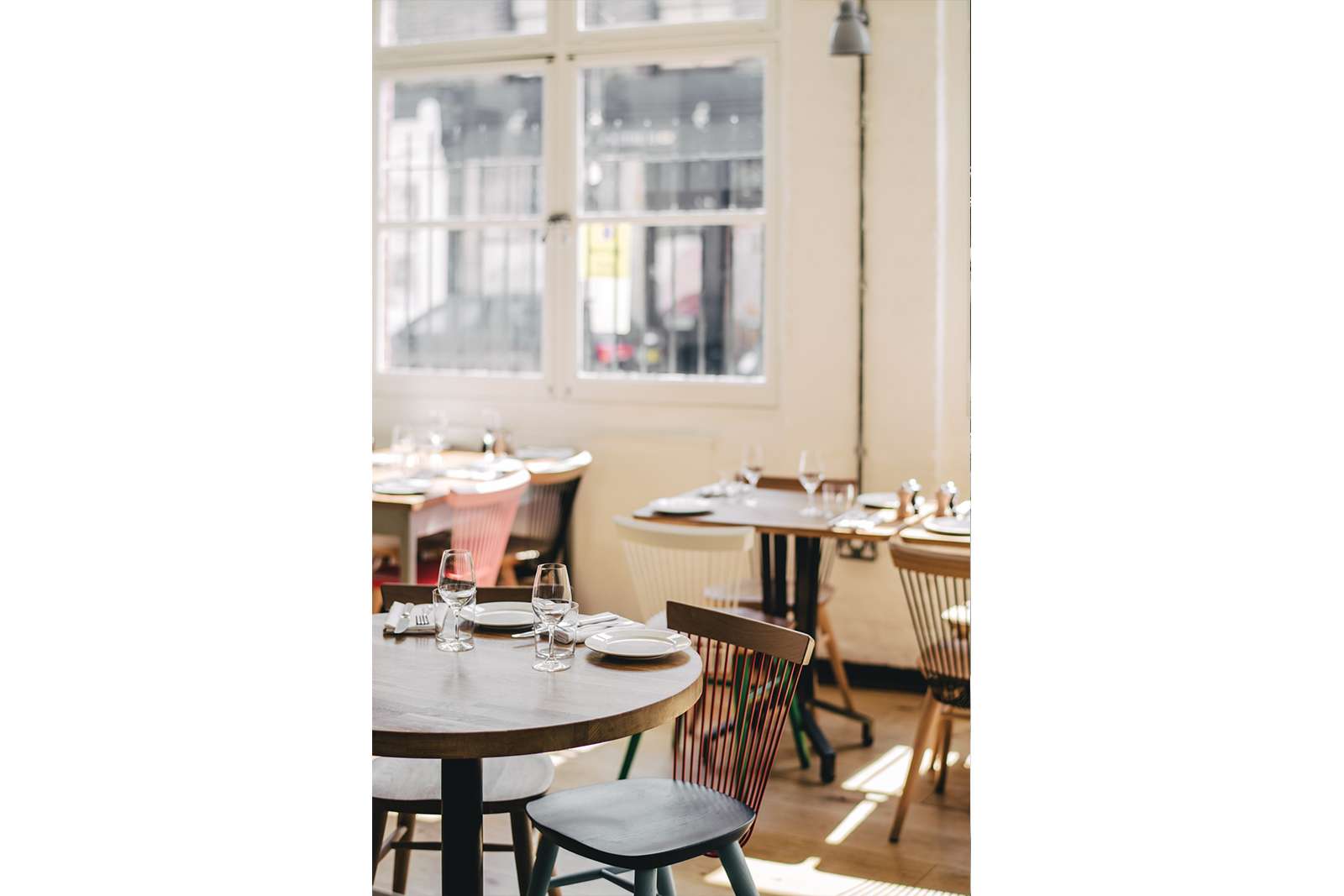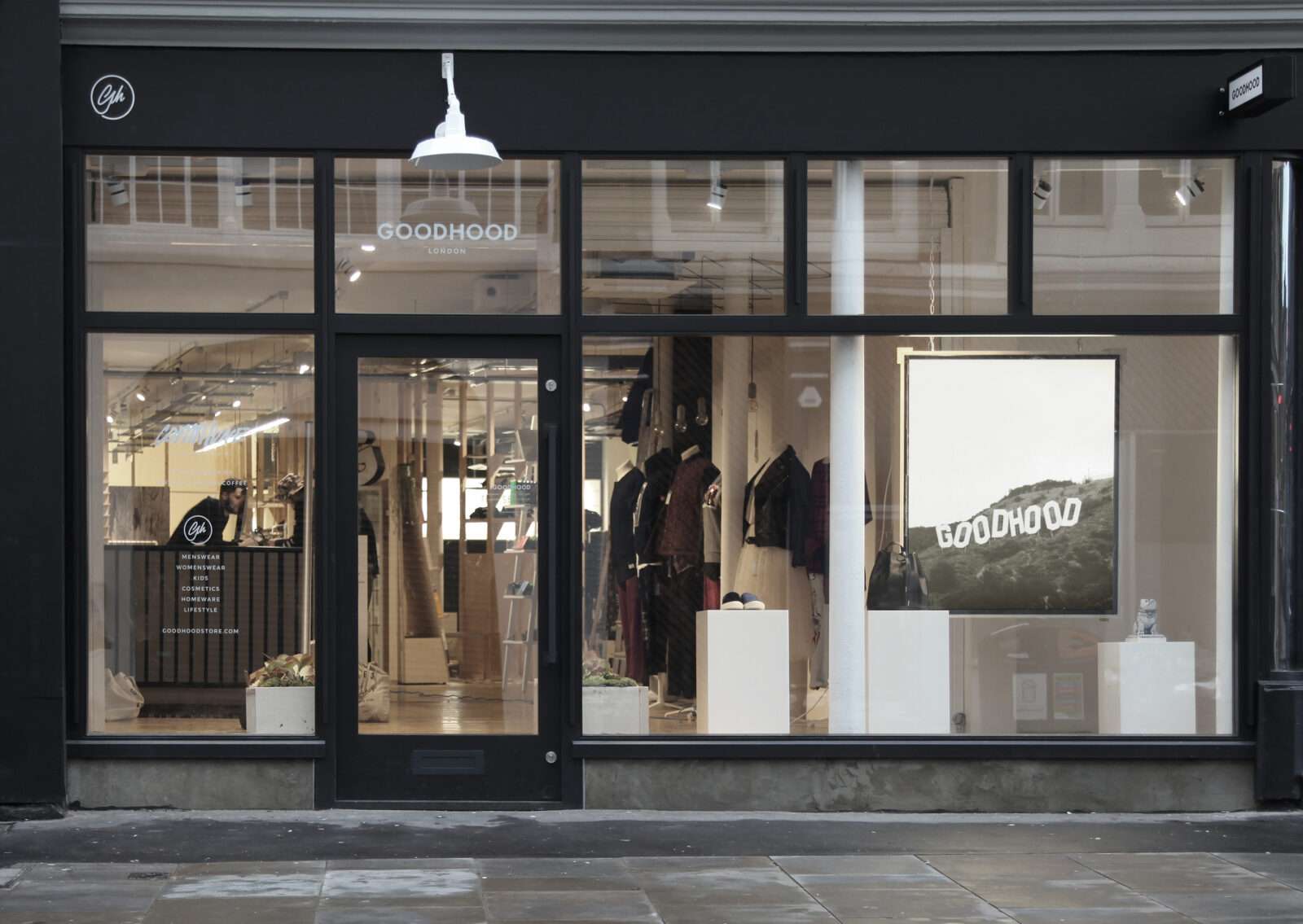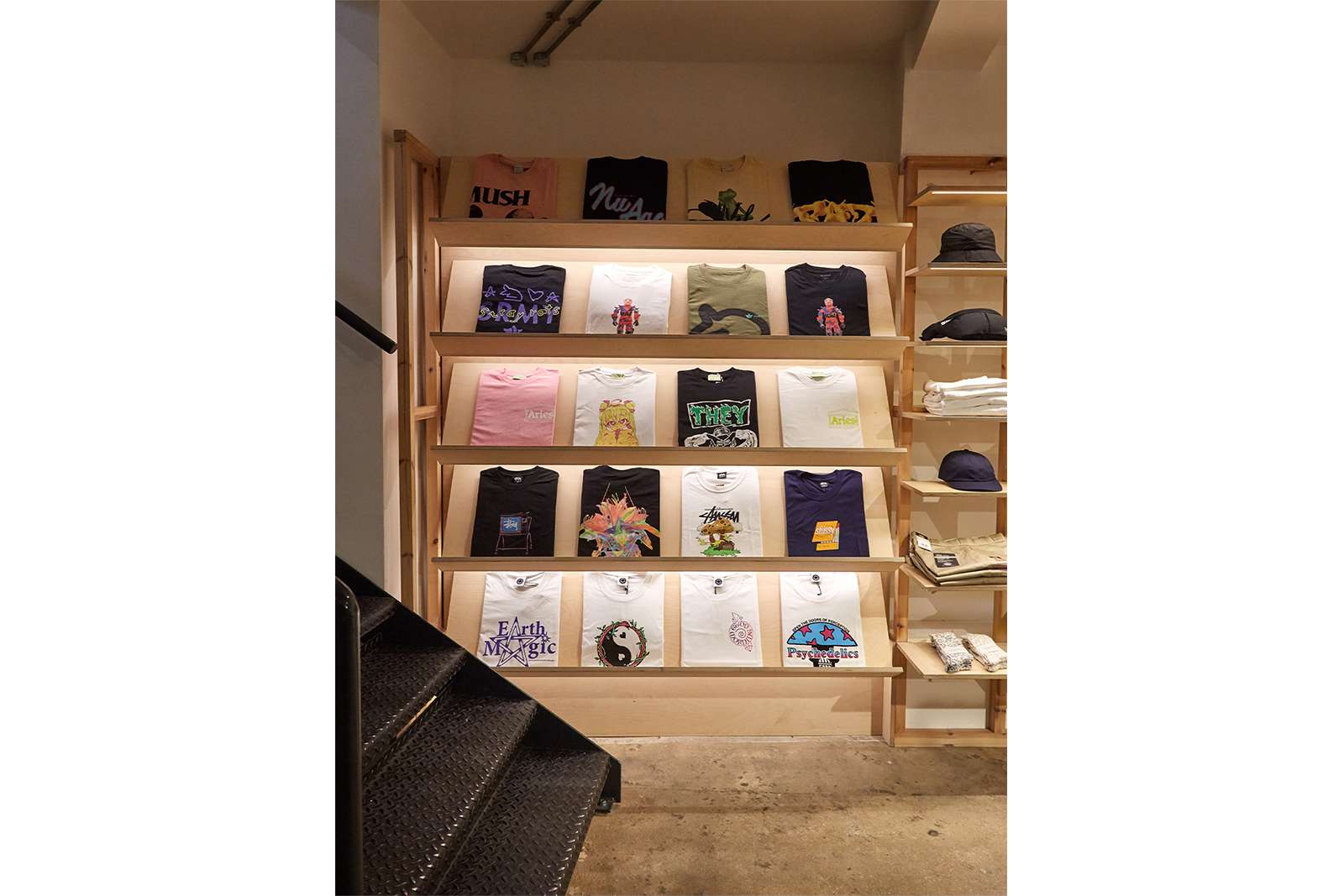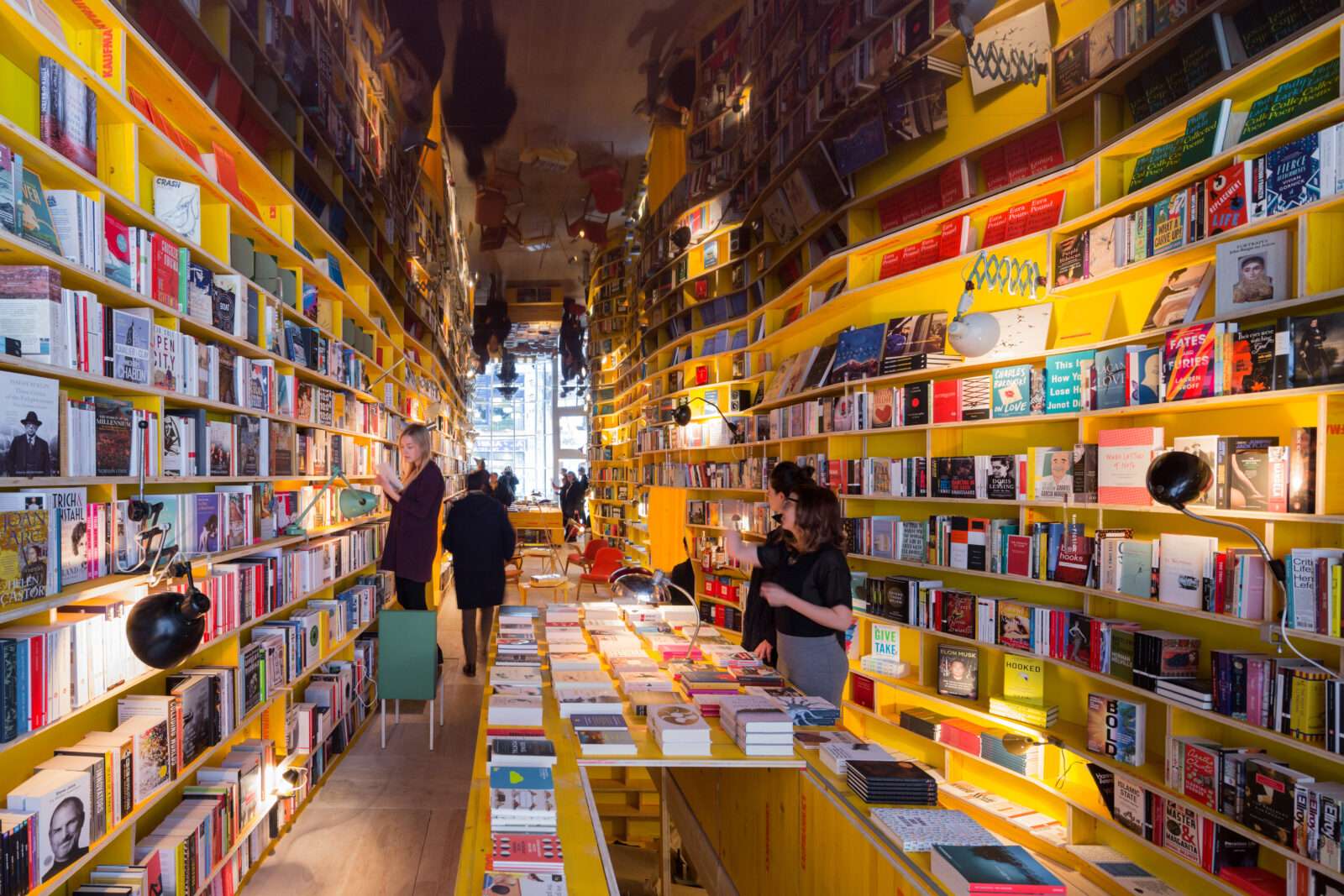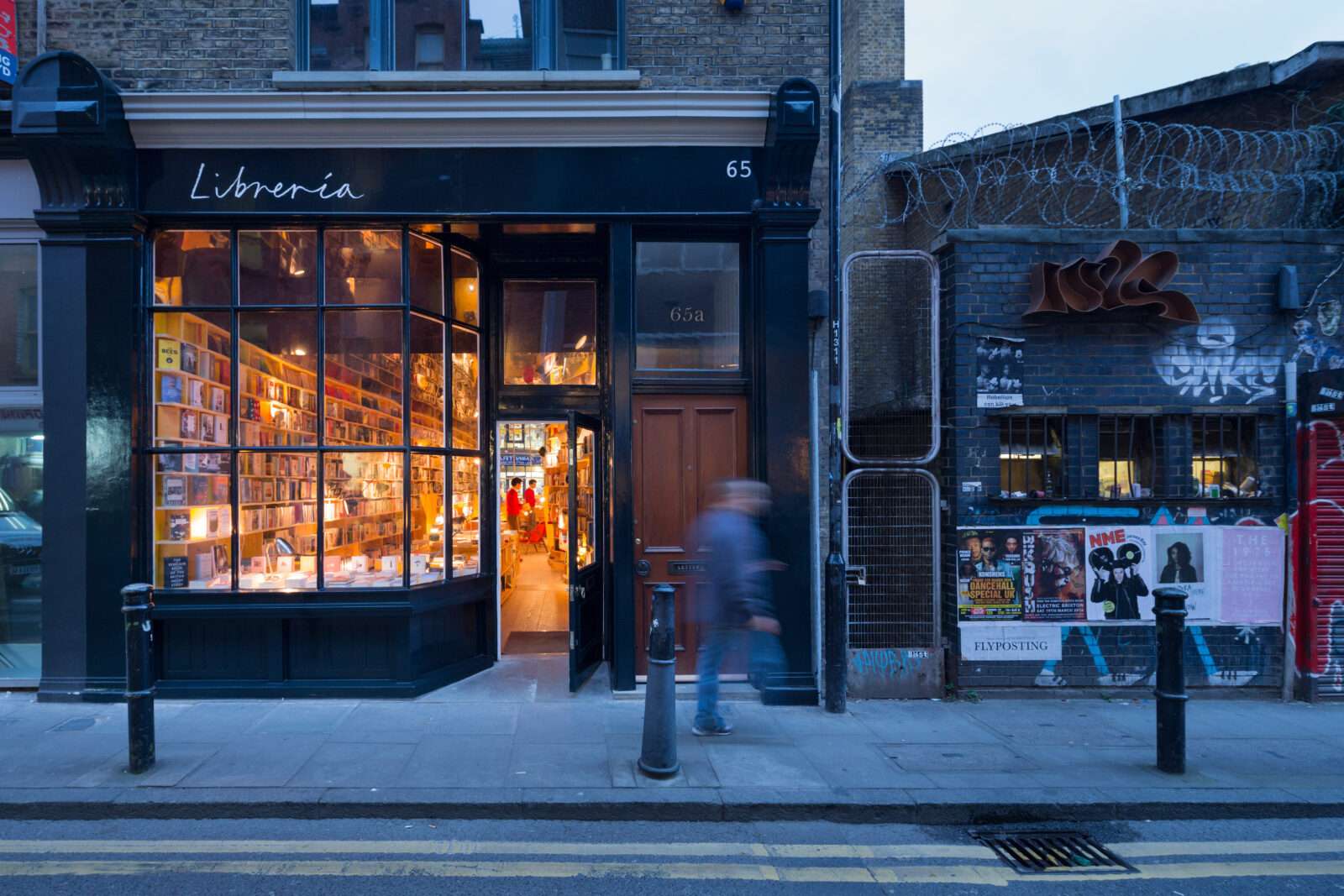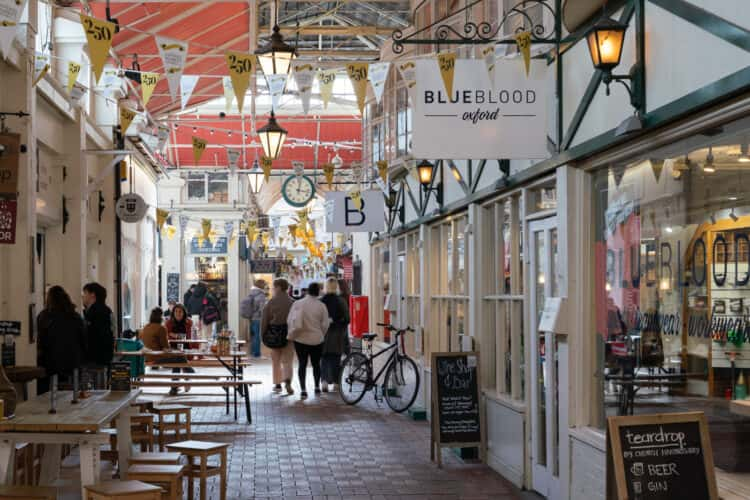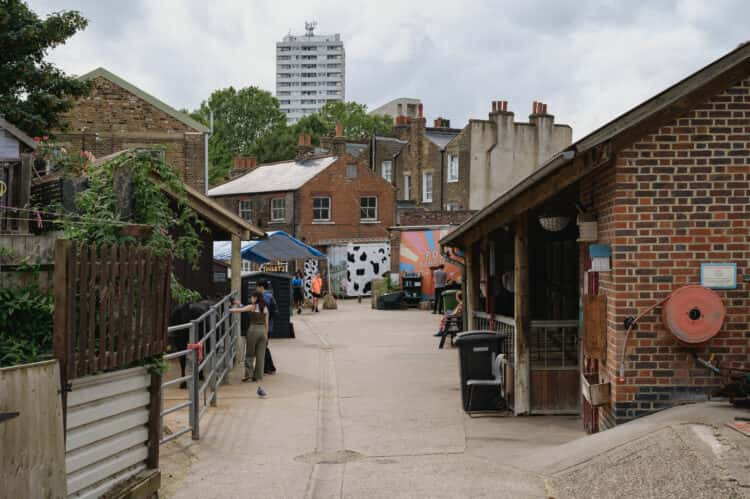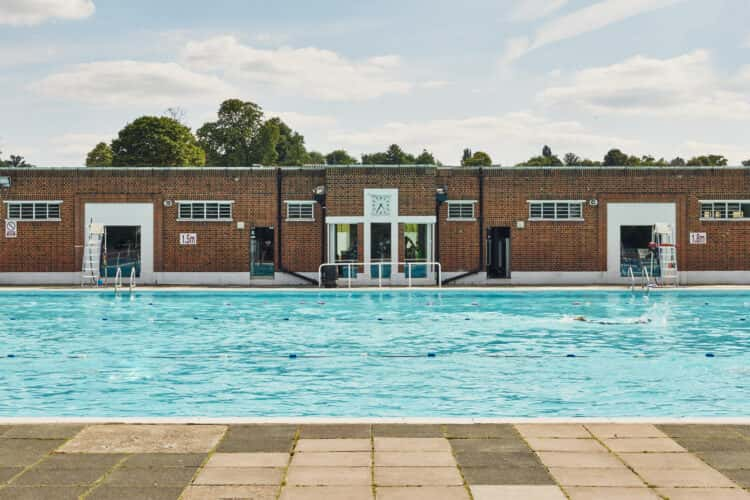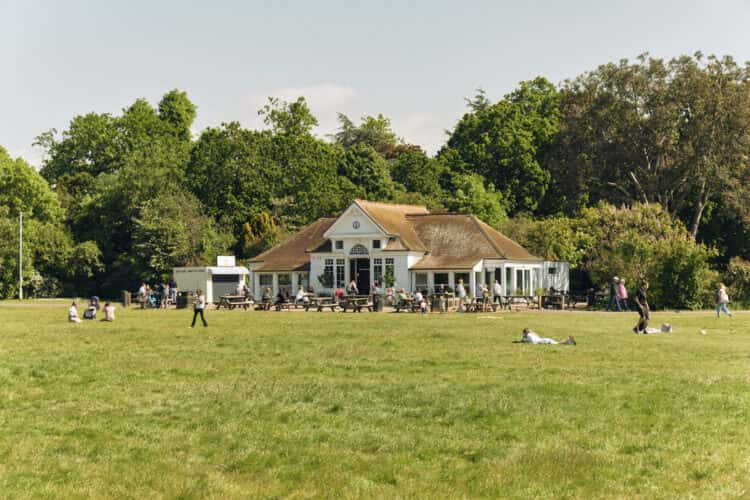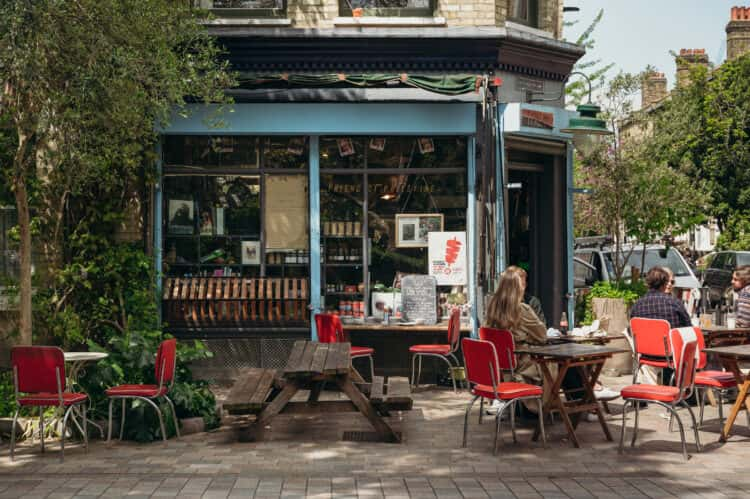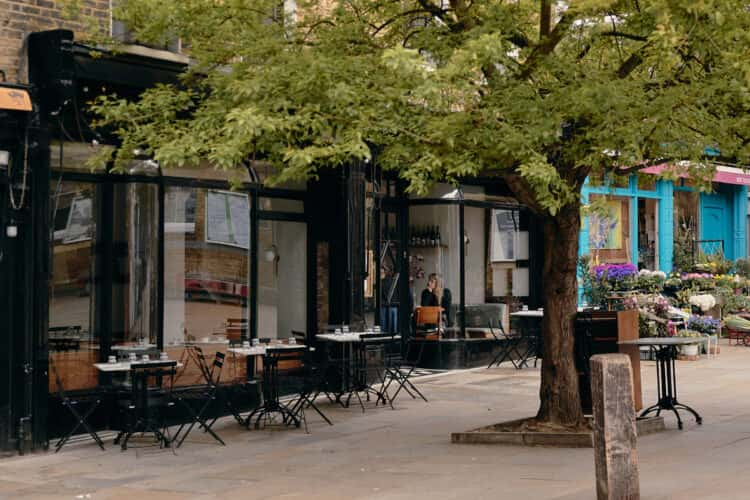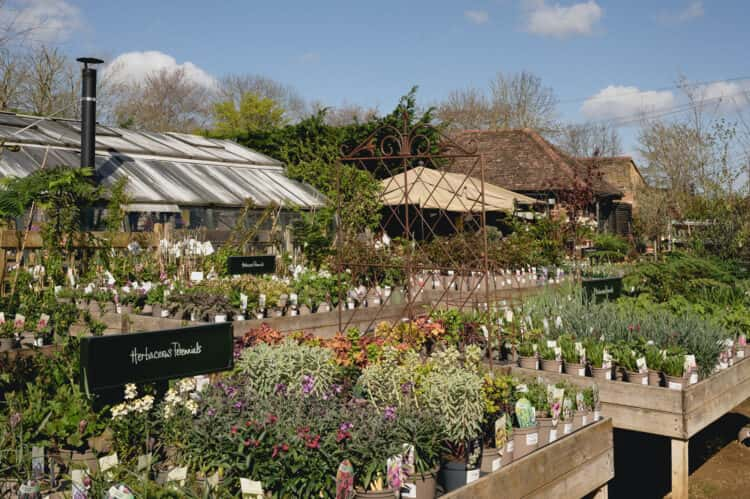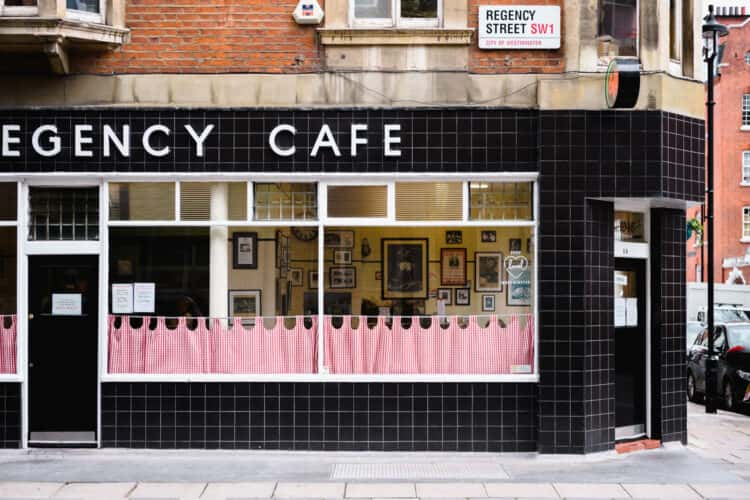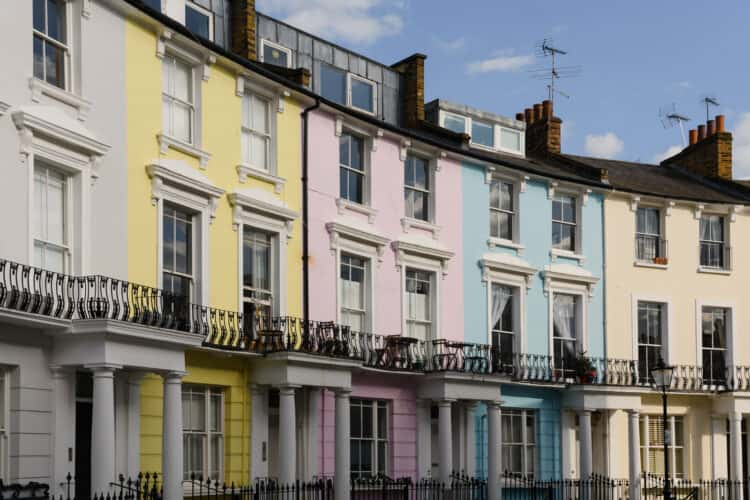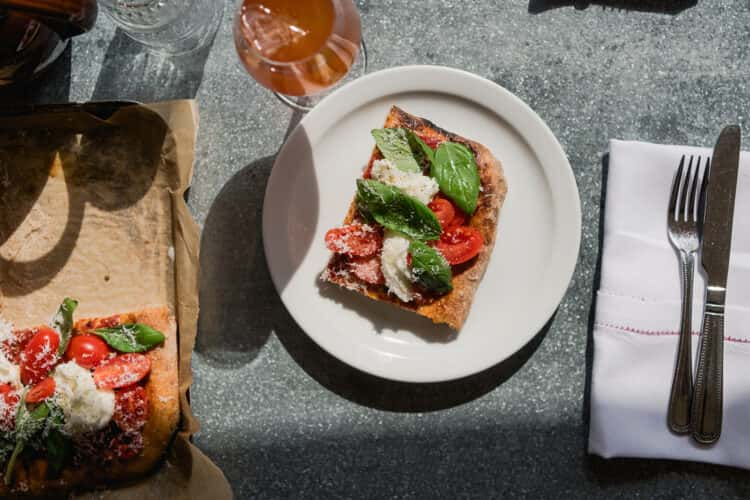A neighbourhood guide to Shoreditch: galleries to visit and our favourite restaurants
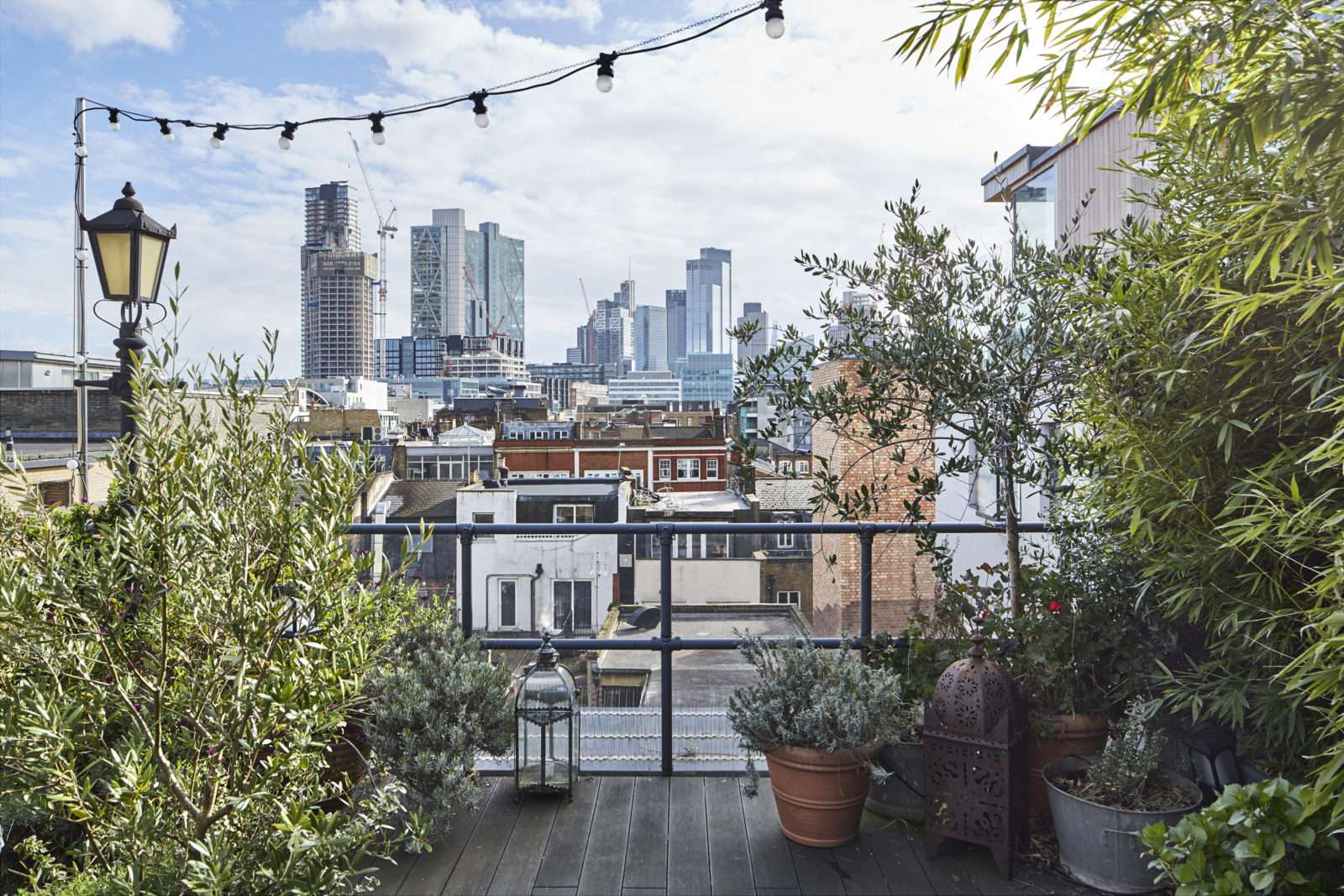
For many, Shoreditch is the unofficial centre of London. The past few decades have seen considerable gentrification in the area: where there were once illegal raves and a counter-culture arts scene, plus textile and furniture-making industries, there are now Michelin-starred restaurants, creative agencies and Shoreditch House (though the area did always have cultural kudos: The Curtain Theatre, on the road of the same name, was the place where Shakespeare first performed Romeo and Juliet). On its south-eastern side sits the City’s ever-growing collection of shiny skyscrapers. To live here is to live very much in the thrum of things. It’s no longer the gritty up-and-coming neighbourhood it once was, but it’s still somewhere that creativity reigns and things tend to happen. Here’s our neighbourhood guide to Shoreditch, from the art galleries keeping the area’s scene alive to our favourite spots for a weekend lunch.
SEE
1. Arnold Circus
One of the country’s first council estates, which is now Grade II-listed. In 1890, architect Owen Fleming transformed a former slum into the Boundary Estate; a collection of seven streets containing around 20 blocks, which radiates off a central bandstand and garden known as Arnold Circus. Each block is red brick, five storeys high and influenced by the Arts and Crafts movement. Fleming widened the streets and configured the layout in an irregular pattern to allow for good light and air for its residents, meaning the flats are as desirable today as they were when they were first built.
What’s more, Melanie Arnold and Margot Henderson opened Rochelle Canteen in 2004 on the estate (more on which below), and residents can pick up goodies at the lovely Leila’s Shop, a modern-day grocer offering abundant fruit and veg, glossy chocolate eclairs and food to go.
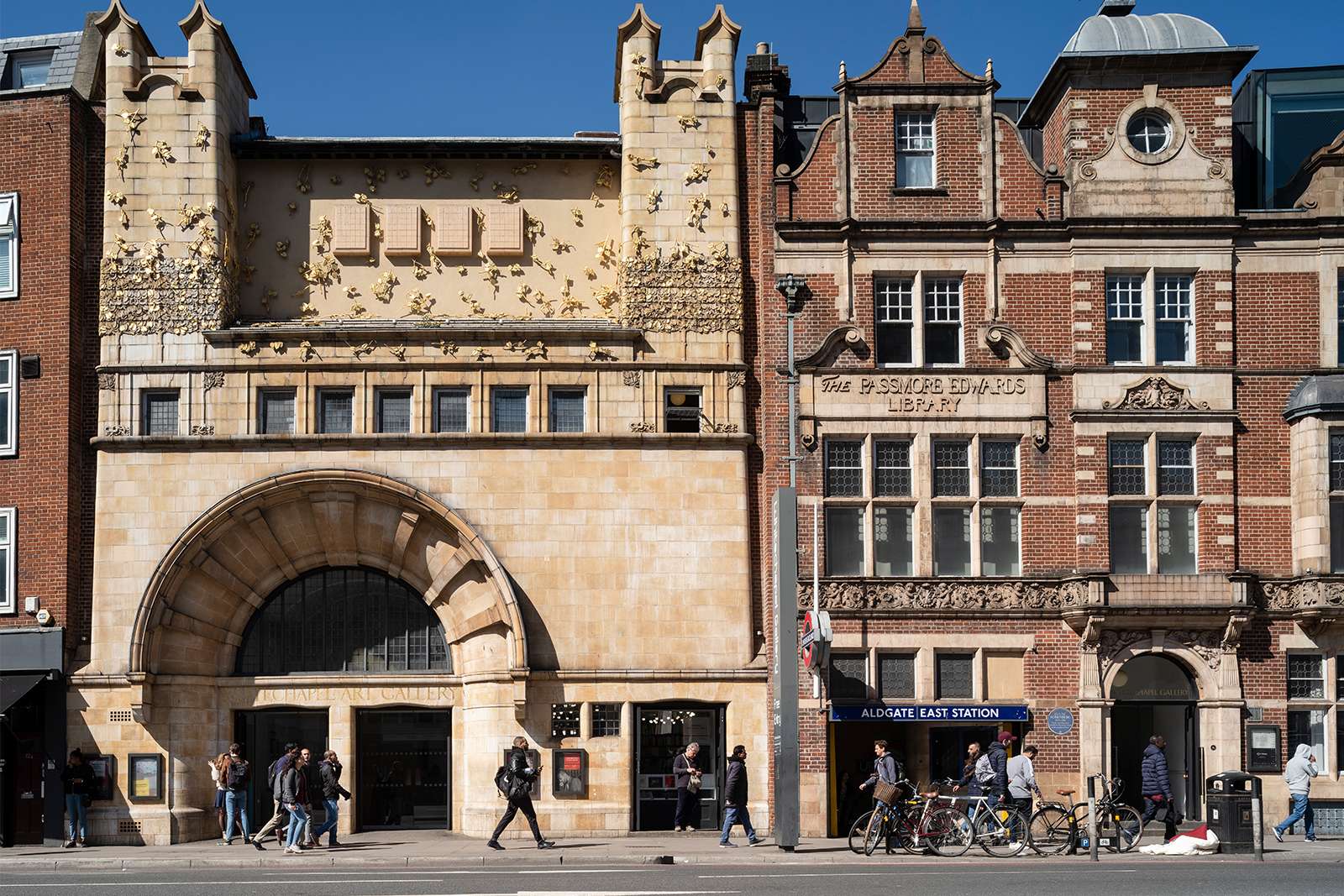
2. Galleries
In the early nineties, Shoreditch became the physical and spiritual home of the collection of artists who quickly became known as the Young British Artists (YBAs) – Tracey Emin, Sarah Lucas, Damien Hirst, the Chapman brothers and Chris Ofili among them – and can be credited with the creative boom that followed in the area. Together, they challenged notions of what constituted art, and fostered an entrepreneurial spirit of marketing their works: establishing, for example, their own spaces in which to exhibit (such Emin and Lucas’s The Shop), and setting up the original Affordable Art Fair, A Fete Worse Than Death.
So it stands to reason that the area has retained its link to contemporary art, which can be viewed at a number of boutique galleries. See work from multimedia artists at collector Kate MacGarry’s gallery on Old Nichol Street; head to the church-like Whitechapel Gallery to see the likes of aforementioned Sarah Lucas alongside Pablo Picasso; or view improvisatory art at Raven Row, set in fine 18th-century silk mercers’ houses on Artillery Lane.
EAT
3. Brat
Tomos Parry’s inimitable and intimate oak-panelled, fish-focused Basque restaurant, which simply takes the freshest catch and cooks it over the open fire in the open kitchen: from lemon sole to Dover sole and, of course, turbot (the restaurant is named after a colloquial term for the fish). Other dishes on the menu are simple and beautifully assembled, such as grilled bread topped with anchovies, soused mackerel and plaice ‘pil pil’ with clams. This year, they also have a summer residency at Climpson’s Arch.
4. Smoking Goat
‘Nu-Thai’ cuisine, based on the late-night canteens of Bangkok, is the order of the day at this corner restaurant on Redchurch Street (which is underneath Brat). It’s the sort of place that has its windows flung open in summer and steamed up in winter, the central bar and kitchen heating the place up and turning out Thai-style micheladas seemingly by the second. Highlights include the sticky, chilli fish sauce wings, the lardo fried rice and, if you can handle the spice, the beef larb.
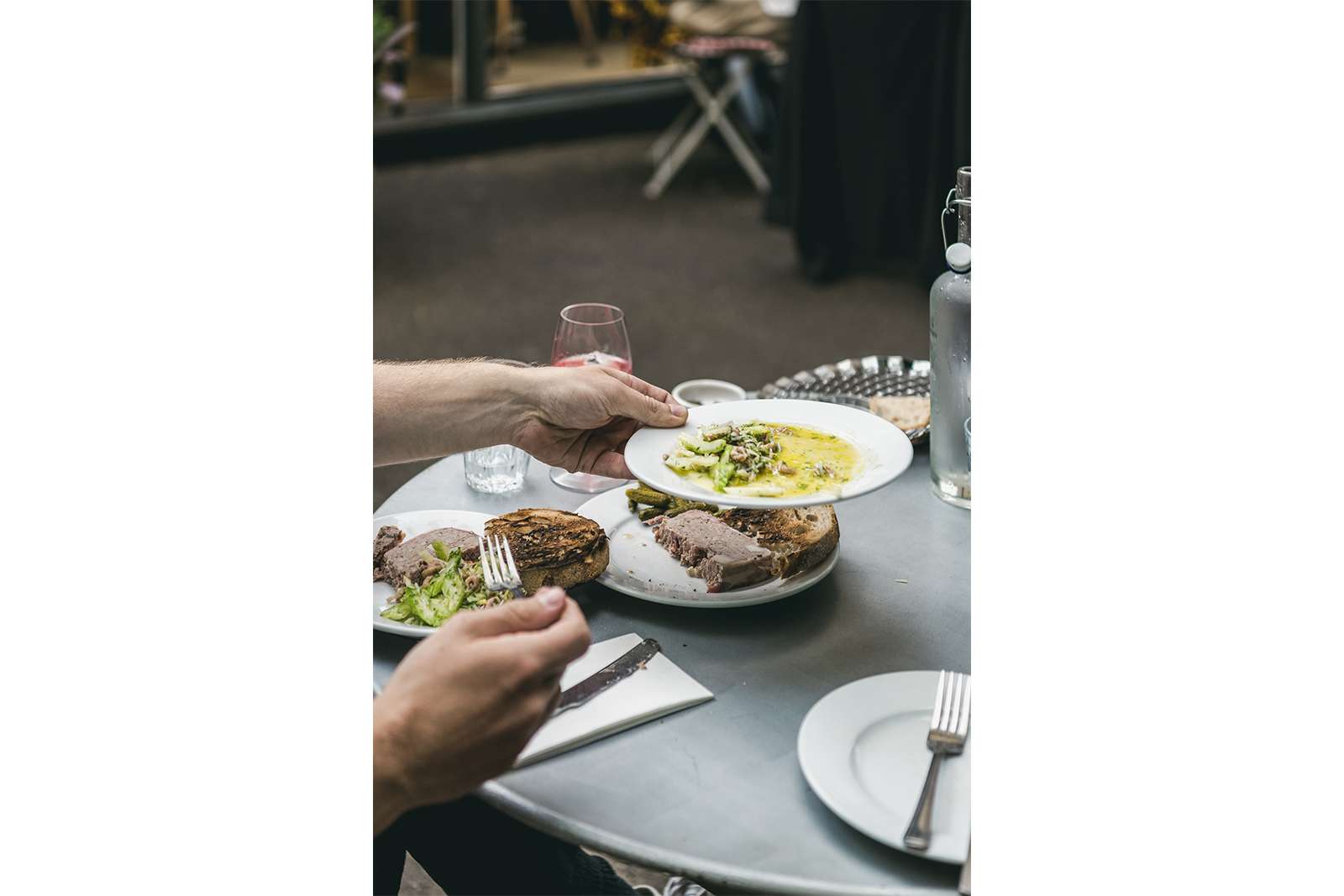
5. Rochelle Canteen
A firm favourite on the Boundary Estate block since Melanie Arnold and Margot Henderson opened it in the former bike shed of the old Rochelle School in 2004. It’s classy and classic, drawing local creatives and food industry heads alike (Fergus Henderson, husband of Margot, can often be spotted at one of the pretty courtyard tables). The British/European menu, which changes daily, is “small, perfectly formed, ready to please all stomachs”: duck rillettes with cornichons, white asparagus with bottarga butter or a grilled mackerel with a cucumber salad might feature.
6. Brawn
A neighbourhood restaurant and (largely biodynamic) wine bar that’s been serving loyal patrons since it opened over a decade ago in a former workshop on Columbia Road. European plates are the thing here – Cantabrian anchovies, crab with leeks, apple and ajo blanco, pork chops, lamb rump and light pasta dishes. The panna cotta is deservedly popular and has been on the menu since it opened.
SHOP
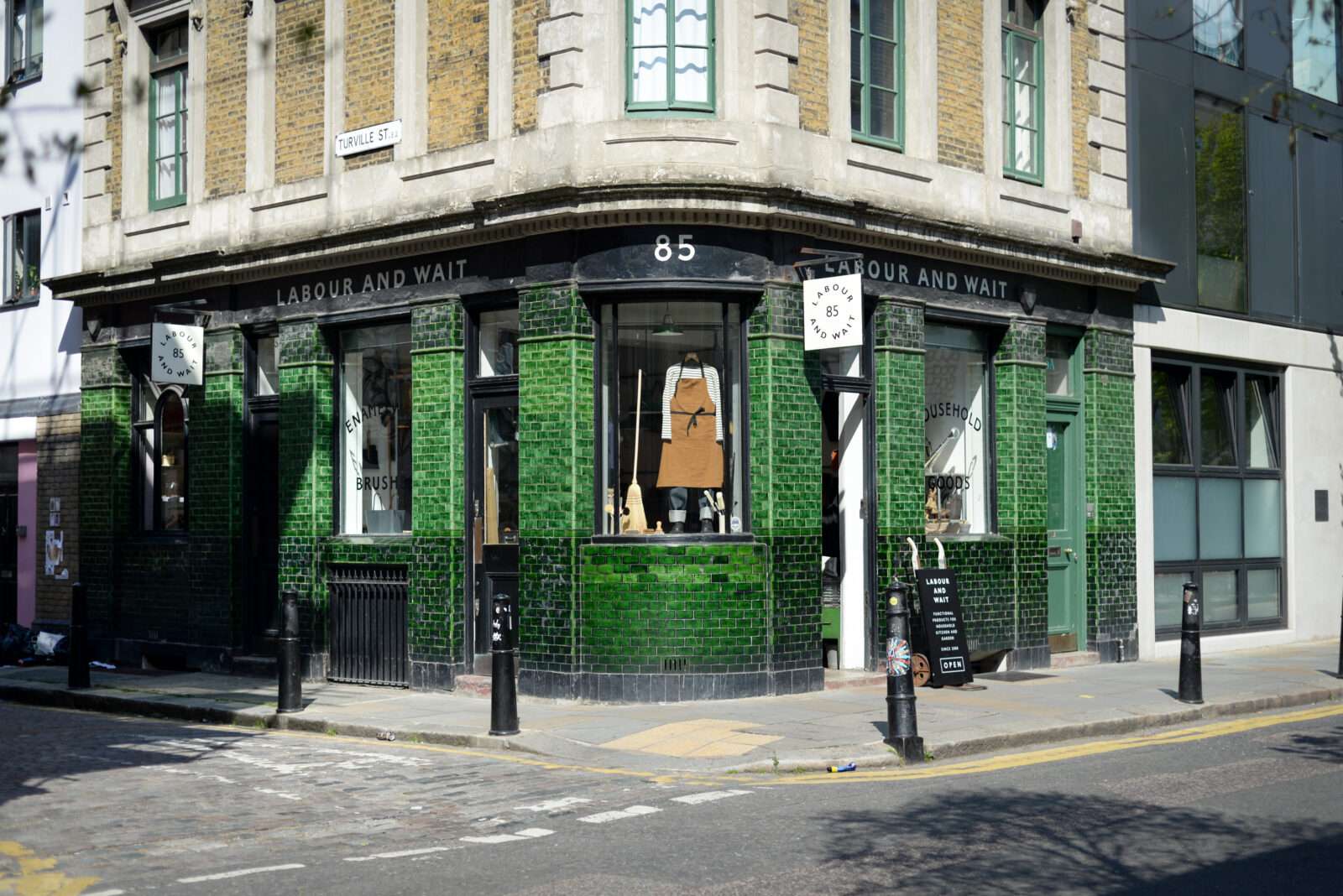
7. Redchurch Street
The best shopping spot in the area. Labour and Wait is an emporium of functional and utilitarian homeware in a green tile-fronted corner shop, where you can pick up classic French rotating soap holders (with refills), dinner candles, enamel tins and bowls, and plenty else besides.
Afterwards, treat yourself to some wardrobe staples from Sunspel; furniture (a Driade Roly Poly armchair, perhaps) or womenswear from House of Toogood; or one-off, handmade pieces (ceramics, knitwear, jewellery) at the multi-concept Hostem Archiveon Chance St. If you can’t get a seat at Nuno Mendes’ Mãos (located within the latter) you can instead refuel on agnolotti cavour at Burro e Salvia.
8. Artwords
A bookshop stocked with tomes on fashion, graphic design, architecture, photography, fine art and food – the likes of Assouline, Taschen and Rizzoli feature. They also have hard-to-find magazines such as Travel Almanac and Konfekt, plus a limited selection of novels, essays and a great edit of kids’ books.
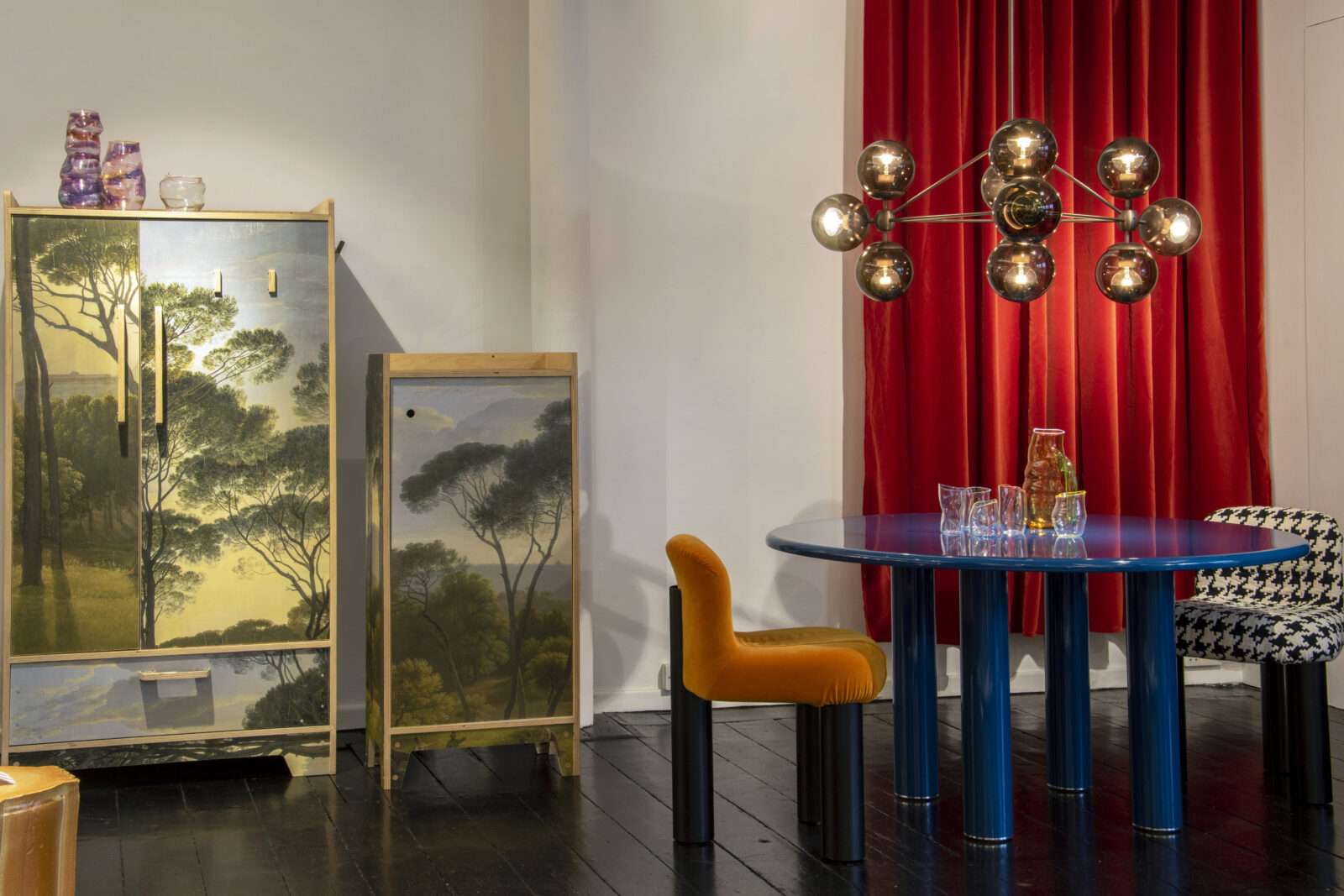
9. SCP
This manufacturer and retailer of modern design was founded in 1985 and, three decades on, it still makes and sells products for the home that are beautiful, functional and made to last. In their outpost on Curtain Road, expect to see everything from statement buys – Flos pendant lighting or a Phillipe Malouin bubblegum-pink curved sofa – to smaller trinkets that will lift a room – white enamel bathroom shelves, for example, or Hay candles. They also offer a handy upholstering service.
10. Good Hood
Next door to SCP, this multi-purpose concept shop remains popular with hypebeasts and the fashion set alike: find Aries, Comme des Garçons, Suicoke and more here. The homeware and fragrance sections are worth browsing.
11. Libreria
The idea behind Libreria is the antithesis of “algorithmic recommendations of Amazon”. As such, you’ll find the yellow shelves are stacked floor-to-ceiling with books arranged according to broad themes such as ‘Wanderlust’, ‘Enchantment for Disenchanted’ and ‘The City’ – no simple A-Z here. Perfect if you’re looking for a gift, something to read and don’t know what you’re looking for, or somewhere simply to while away a few hours in the comfy armchairs that invite you to linger.
DO
12. Columbia Road Flower Market
A riot for the senses every Sunday: a place where technicolour tulips nudge up next to pretty pansies and huge-palmed houseplants, the scent of sweetpeas intoxicates and the sound of stall owners flogging their flowers fills your ears. Go a bit later, after peak time (which is around 11.30am to 1pm) – it’ll be less busy and you might find yourself a bargain.
13. Ironmonger Row Baths
The Finsbury Centre was originally a 1930s wash house and laundry (complete with pool and Turkish baths) in what is now a Grade II-listed building; it recently underwent a £16.5 million renovation. The beautiful pool is still there and still has an element of the thirties about it – all bunting, high windows, white tiling and the original wooden gallery. The real pull is the underground Turkish hammam – with its trio of hot rooms, saunas, steam rooms, a cold plunge pool and relaxation area, it feels a world away from the bustle above ground.
